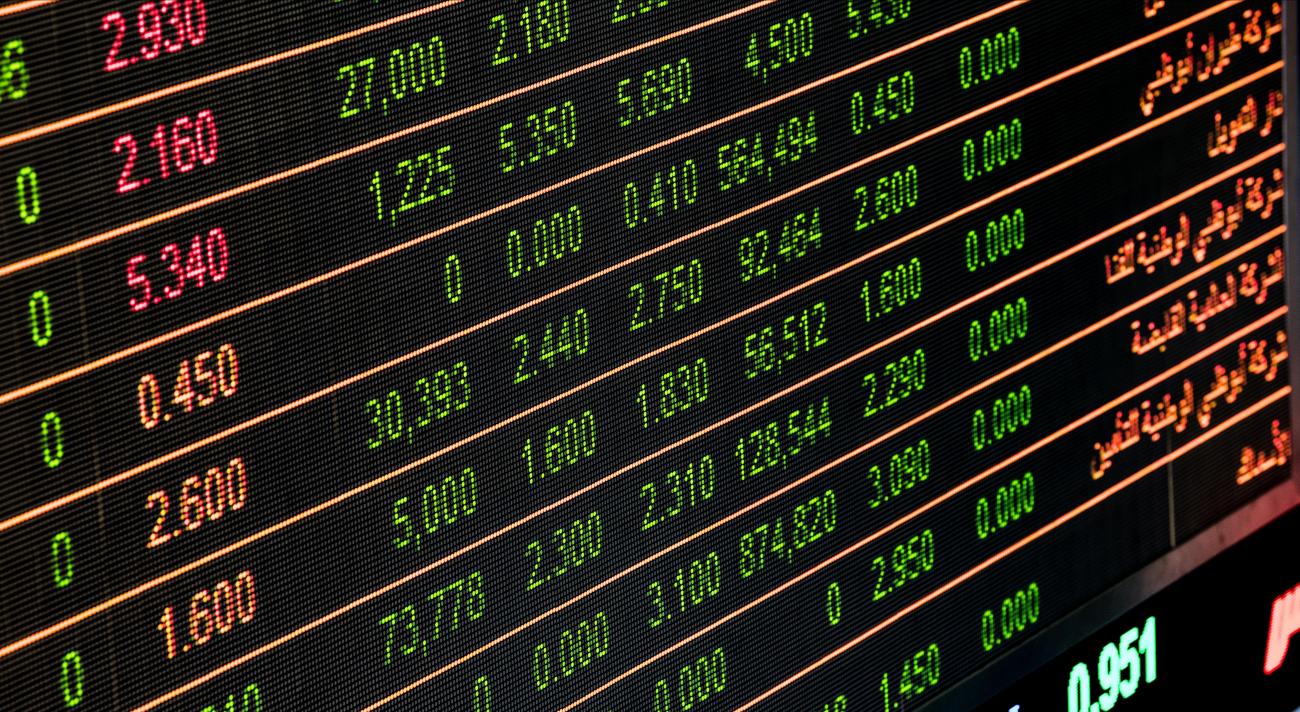The roof busting stock market gains of 2020 surprised many, with the global index’s melting up, tech stocks confidently jumping to new heights and for many crypto enthusiasts, their dreams were being realised. In fact, it cemented the diverging realities between the real economy and the markets. A string of global lockdowns has crippled real economic activity, whereas stock markets have been inflated by quantitative easing and investor enthusiasm for growth stocks like tech firms, E-commerce platforms and ESG qualifiers (Environment, social, governance). The stock market rebounds were extraordinary and with a performance that good, it is no wonder hordes of new amateur investors are filling the ranks of fintech firms like Robinhood, Etoro and Trading 212. However, so far in 2021 many of the growth stocks of 2020 have experience deep corrections, with companies like NIO (Chinese EV company) correcting by 50%, renewable energy champions like Orsted correcting by 37% and Bitcoin has fallen from dizzying heights of $60,000 to stabilising around $36,000. Therefore, it is not surprising that value investing is becoming more fashionable, as economies begin to open up, it only makes sense to focus on the companies of today rather than tomorrow? Additionally, with the storm clouds of inflation being predicted on the horizon, investors are looking to shore up their weather defences and hedge their bets against the highly indebted, presently unprofitable companies of the future.
Firstly, value investing is simply the act of buying stocks that are traded at a discount to their intrinsic value. This approach looks beyond quarterly results and takes a more balanced approach to the pits and troughs of a company’s share price. Most famous of all value investors is Warren Buffett, following Benjamin Graham's thinking in ‘The Intelligent Investor'. In truth, investors are confined to the rules set out by our anterior cingulate and nucleus accumbens in our brains, which is the process that releases dopamine whenever stocks rise giving us natural highs and when stocks fall the amygdala part of the brain generates fear and anxiety. Value investors set themselves apart from the emotional roller-coaster that is investing by actively avoiding the mental anguish of monitoring positions constantly. In contrast, growth investing is a strategy that looks to invest in companies whose earnings are predicted to grow above the average market rate in the future. This involves investing in emerging industries like electric vehicles, alternative plant-based food, E-commerce (Think NIO, Beyond Meat and Shopify). These two strategies underpin the debate between ‘Value investing vs Growth Investing’, with value investors pointing to the emotional nature of growth investing and growth investors branding value investors as being out of touch. This colossal debate is not the topic of this ABM insight, but both strategies have their merits and drawbacks.
Following on, the question remains, what has been behind the growing popularity of value investing strategies? Arguably, inflation fears play a huge role in driving the popularity of value investing. For the past decade, growth strategies have been king in wall street as historically low interest rates have gifted start-ups with access to cheap capital and low inflation has lowered the risk to growth investors. However, inflation is already catalysing in many parts of the world, with the US annual rate of inflation rising to 4% in May. This has triggered worries that this will prompt future interest rate rises, in turn increasing the cost of servicing debt for many companies, debt which has been keenly accumulated by growth stocks in the pursuit of innovation and market penetration. On the other hand, value stocks tend to have more sustainable debt levels and more consistently turn a profit. Therefore, companies that were initially most affected by the web of global lockdowns and had slower share price recoveries, for example, banks, oil companies and airlines are now gaining renewed interest. On this note, value companies tend to be more exposed to the real economy and as such stand to benefit the most out of the opening of lockdowns. The growth in value investing is twofold, the fear of rampant inflation has made the risk of growth stocks more prominent and the opening up of major economies offer unglamorous businesses, such as banks and oil companies, better prospects than companies offering high profits tomorrow.
Ultimately, it is too early to draw conclusions whether value investing is going to dominate the investment strategies in Wall Street for the next decade. Additionally, the threat of inflation depends on whether households choose to spend their pent-up savings or whether central banks hold back on raising interest rates in the view that inflation is a necessary short-term evil to ensure a quick recovery. Equally, to our trepidation new variants of covid continue to threaten the opening up of the global economy. For now, interest’s rates are still at historic lows, large scale inflation has not materialised, Capex (Capital expenditures) is on the rise and whispers of a roaring 20s is becoming faintly louder.
Written by Henri Willmott,
Content Manager

